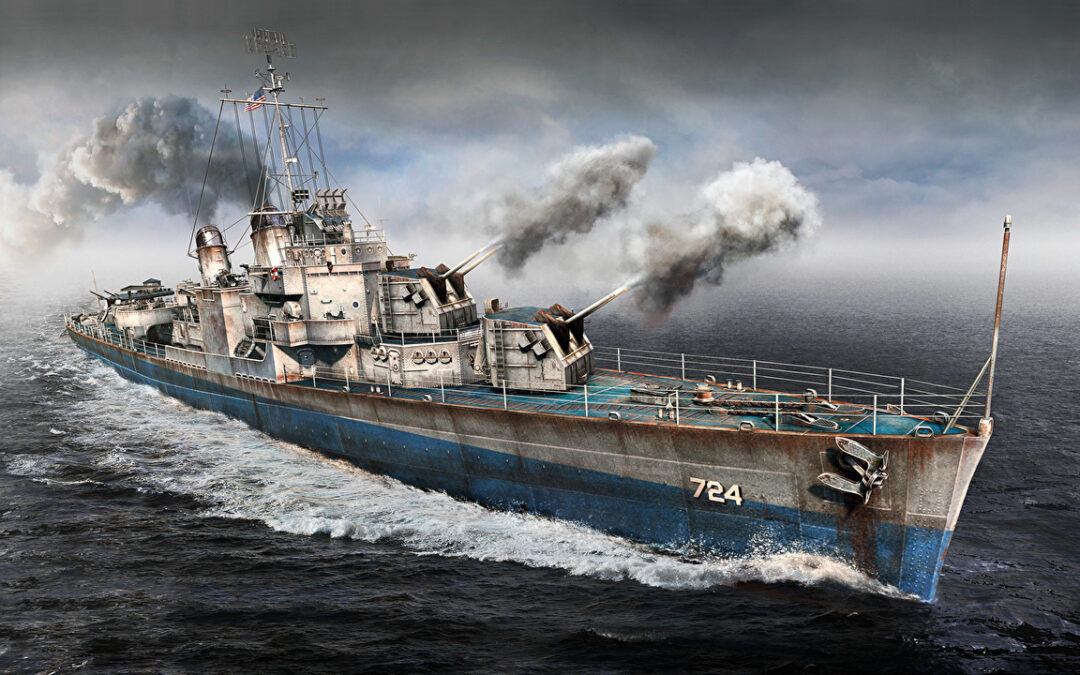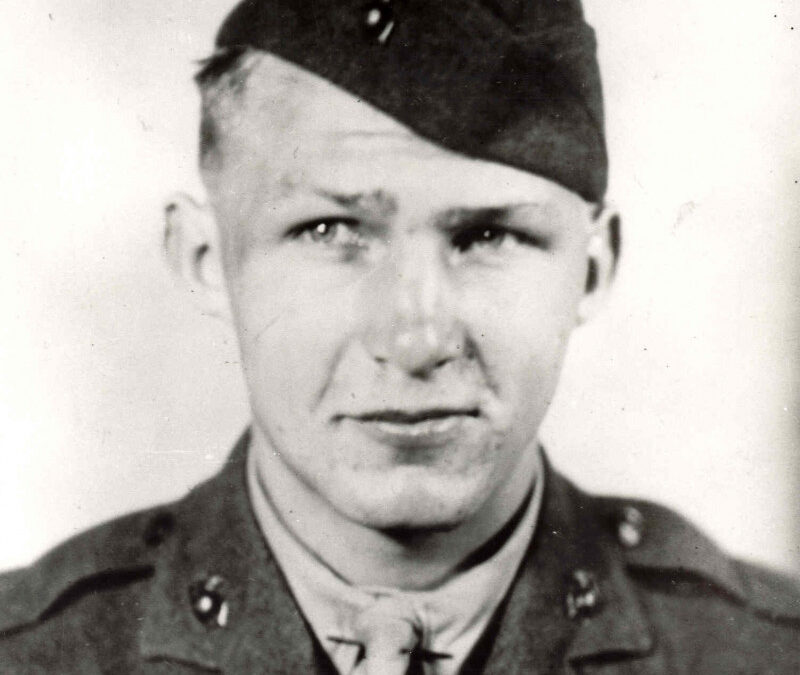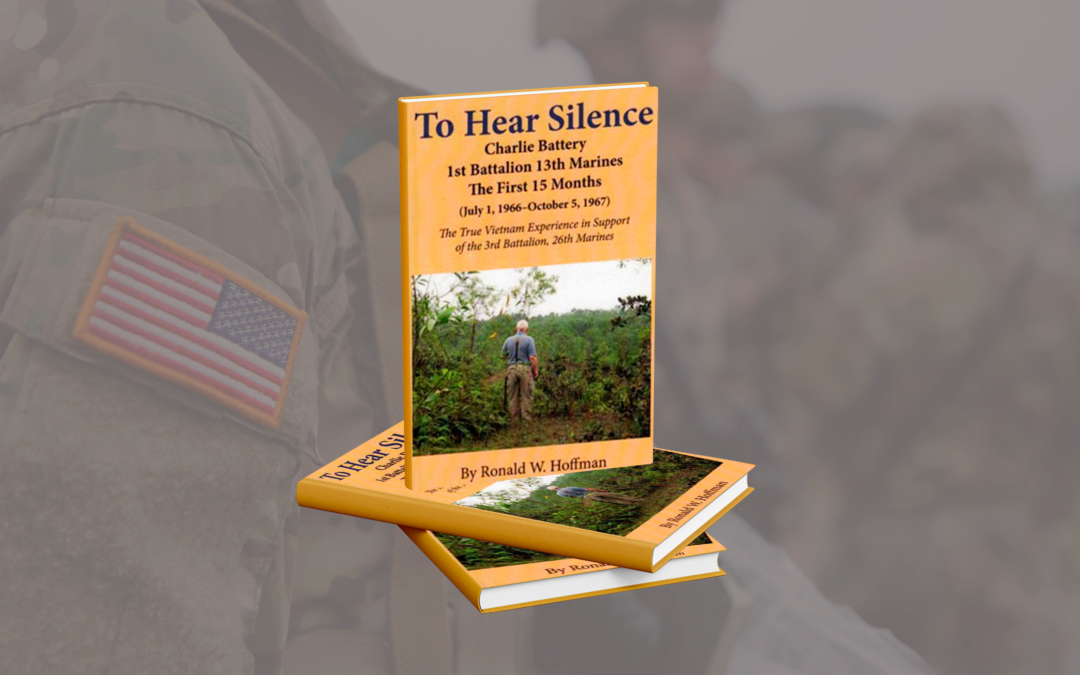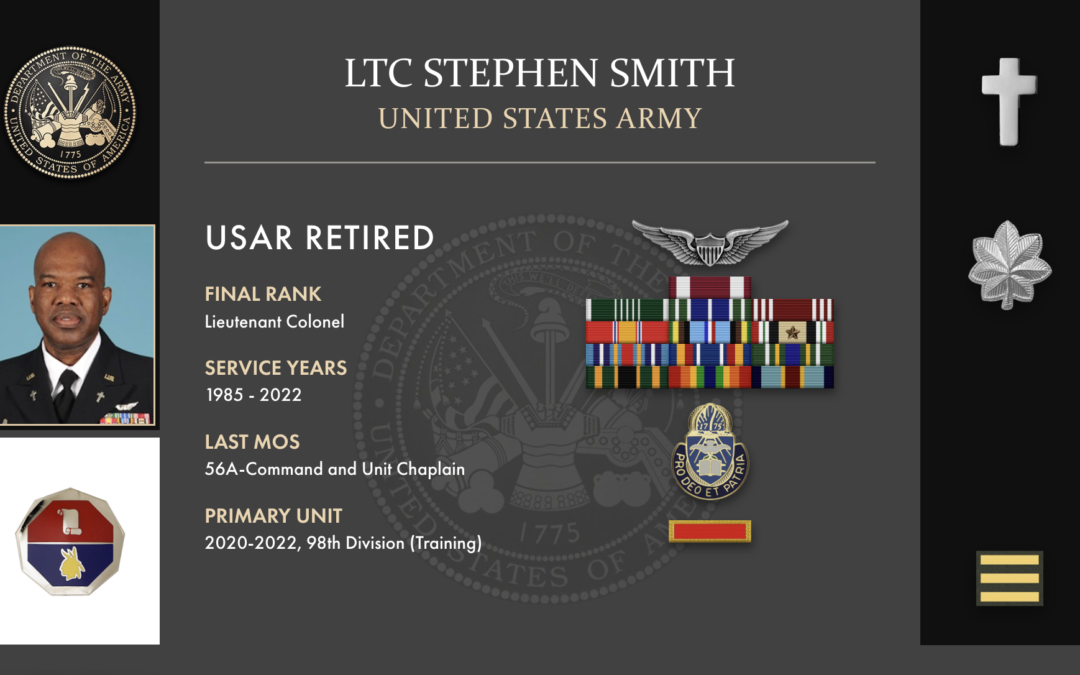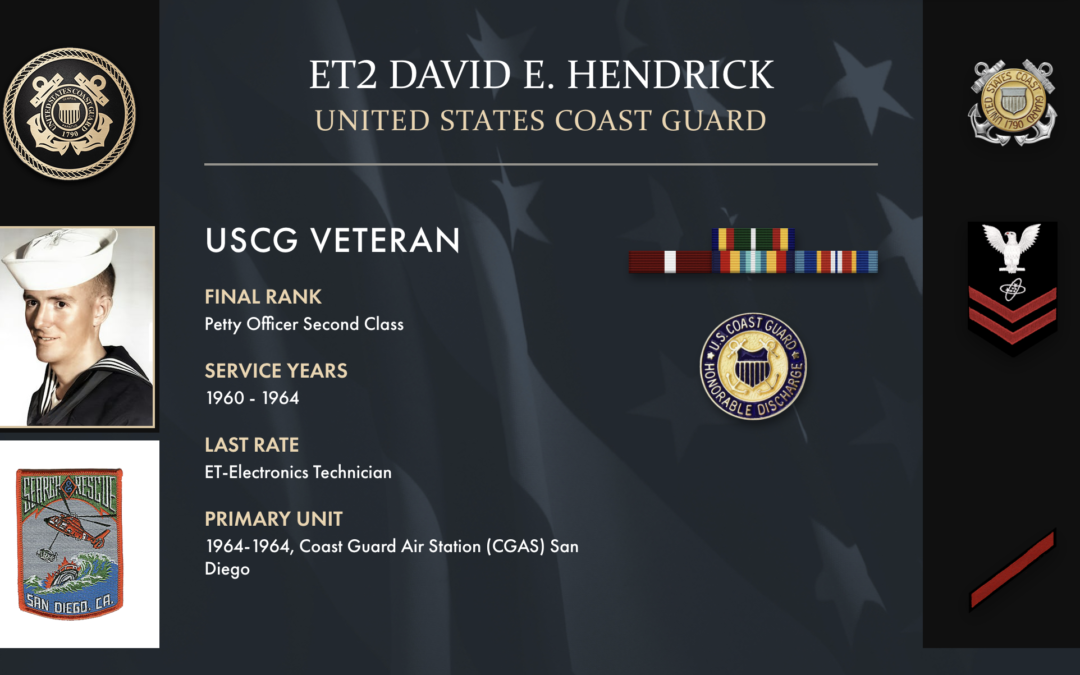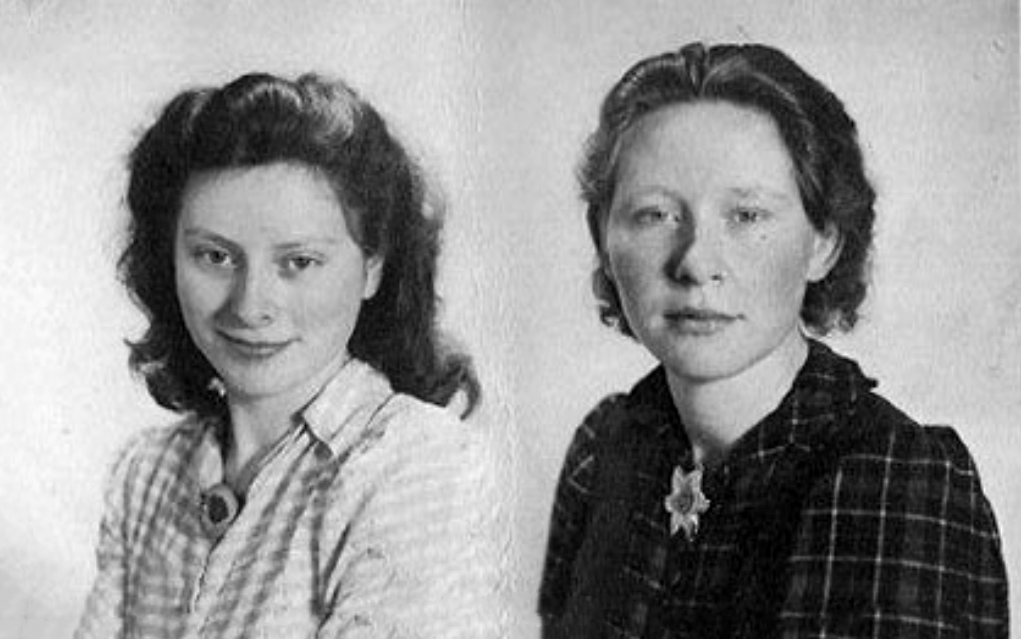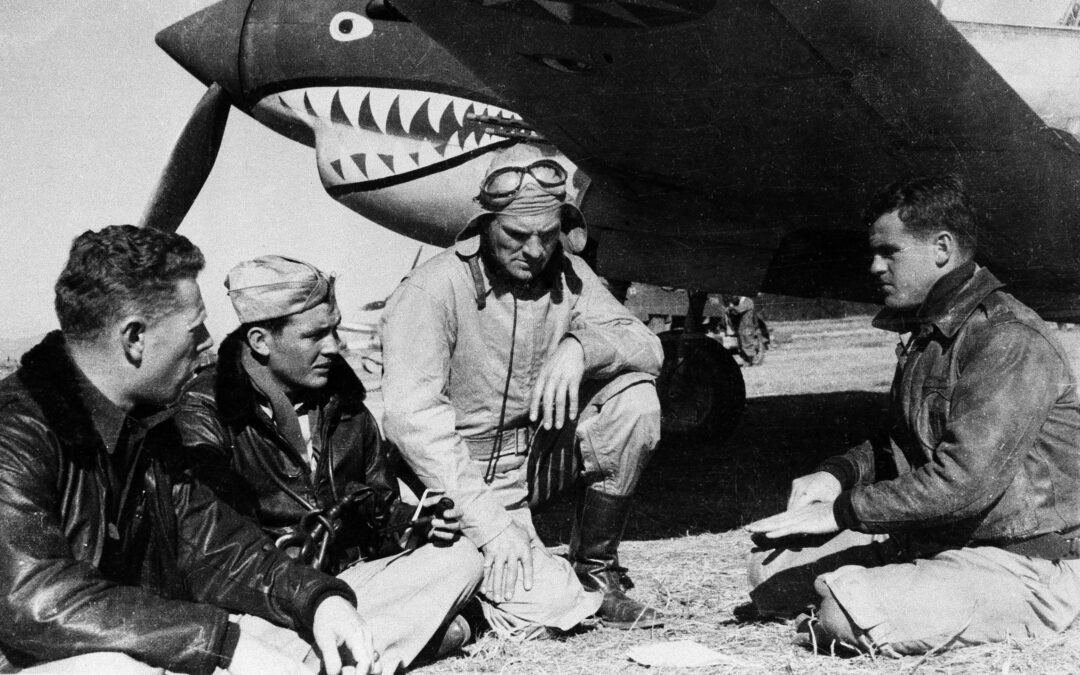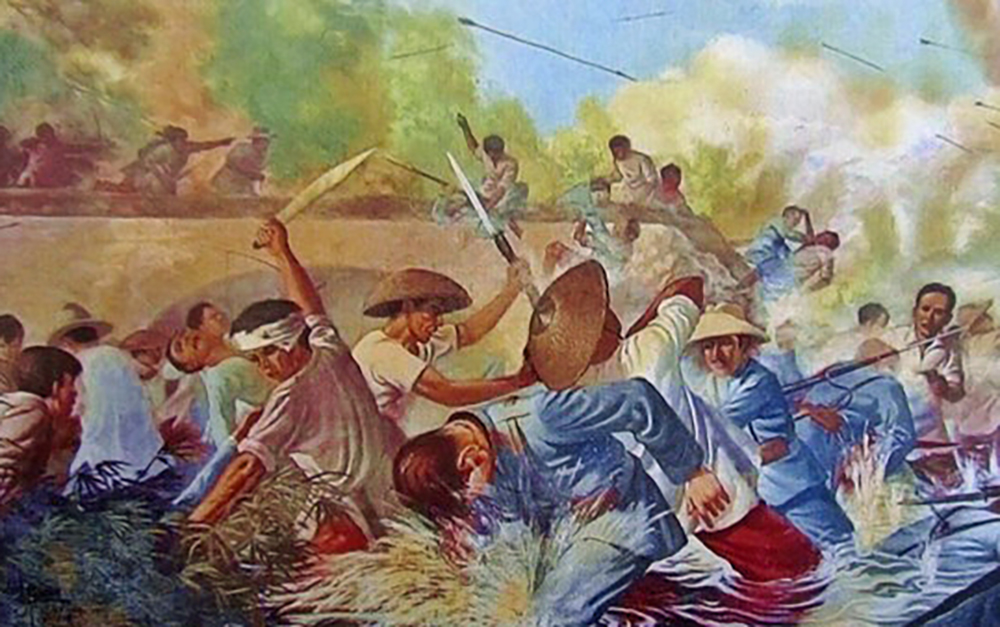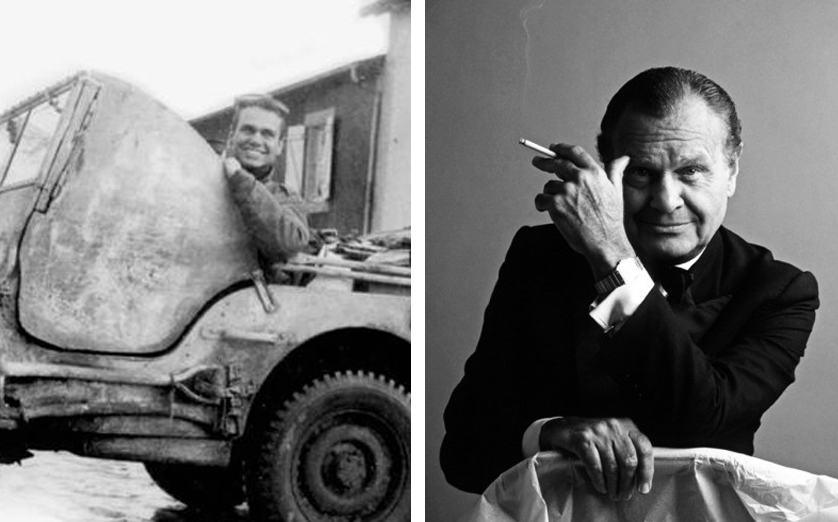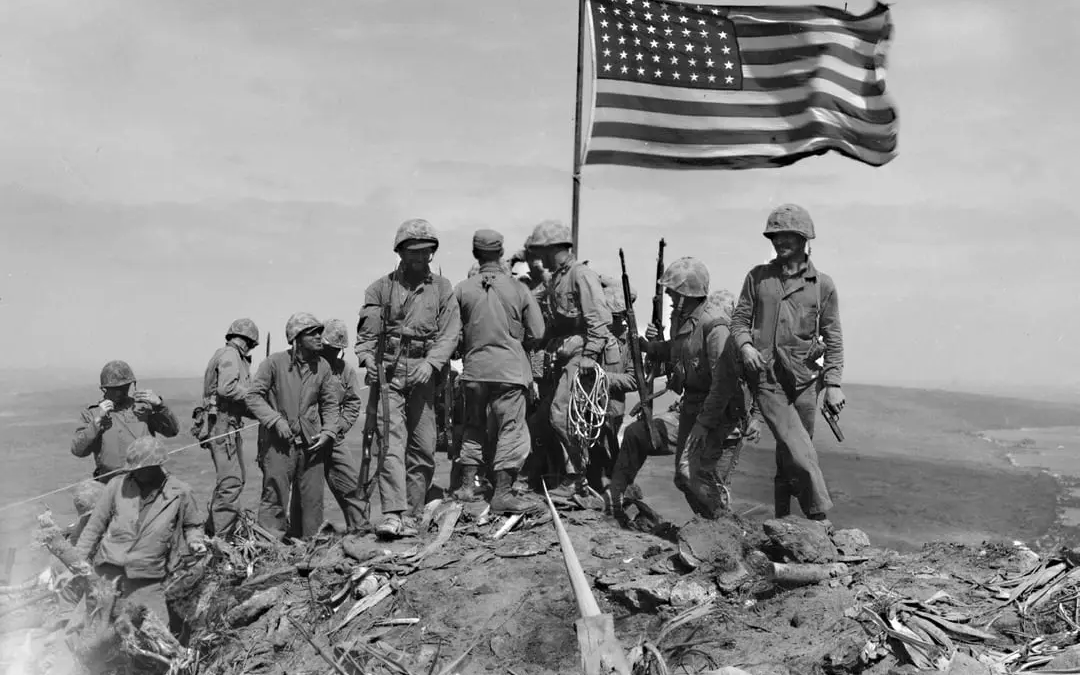The USS Laffey (DD-724) was laid down 28 June 1943 by Bath Iron Works Corp., Bath, Maine. She was launched 21 November; sponsored by Miss Beatrice F. Laffey, daughter of Medal of Honor recipient S1c Bartlett Laffey. Commissioned 8 February 1944, Cdr. F. Julian. Becton as her first "Captain". The USS Laffey's Heroic Beginning After shakedown, the Laffey traveled the world in the war effort. She was off the beaches of Normandy on D-Day. Off Cherbourg, France where an unexploded shell bounced off her hull above the waterline and did little damage. Rescuing a badly wounded Japanese pilot off the Philippines. Firing support in Leyete Gulf and Ormoc Bay. Transported intelligence to McArthur in the Philippines. Supported landings at Mindoro and Luzon, Iwo Jima, and Kerama Retto. That is where this story begins. USS Laffey’s Dangerous Mission on Okinawa Commander Frederick Julian Becton, Captain of the destroyer USS Laffey (DD 724), took the radio message his communications officer...
